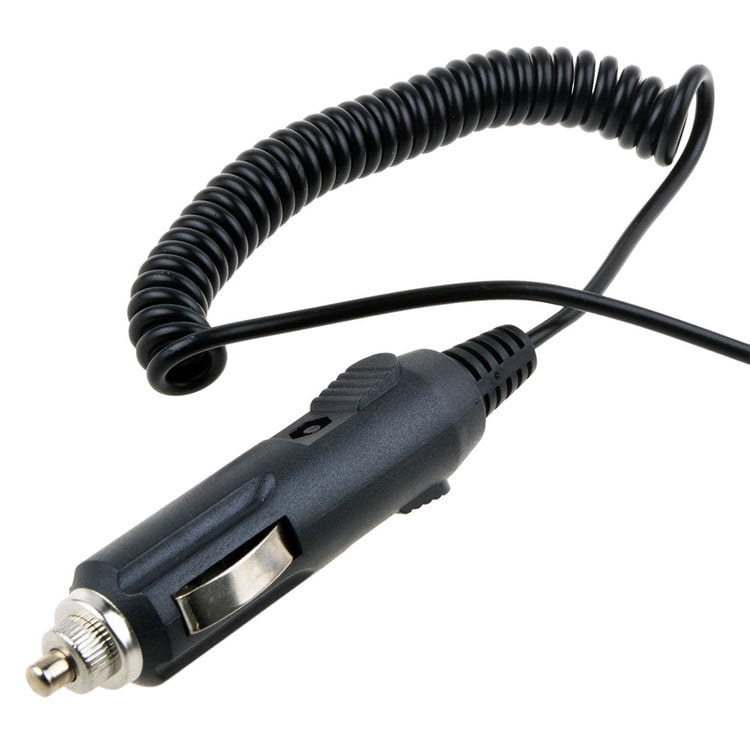
#Mbox 2 pro power supply pro#
A nice 'pro' touch is the addition of external word clock sync, both in and out, so it is now possible to digitally lock an M Box 2 Pro system to an external clock, which is something that even the M Box 2 Pro's bigger brothers the 002 and 002R can't do. The number of simultaneous inputs has increased from four on the M Box 2 (two analogue and two digital) to six (two mic/line, two line and two digital), and the MIDI In and Out sockets introduced with the M Box 2 are retained. I know a number of users who will find that feature very useful. Alternatively, it means you can have two sets of headphones attached and have them at different volumes. This means that with no additional hardware you can record your 'talent' with a headphone mix routed to outputs 3/4 whilst you, as the engineer, can monitor the main outputs independently on the other headphone output. Digi have reintroduced the dual headphone sockets that the original M Box had, and better still, each headphone socket has a separate volume control, and one of them has the option to monitor outputs 1/2 or 3/4. This addresses one of the other 'cons' in our M Box 2 review, as Low Latency recording now applies to the digital inputs as well as the analogue ins. The Mix control has gone and so the Low Latency monitoring feature is handled by the Pro Tools software, just as it is with the 002 and 002R interfaces. The original M Box with its LEDs on the input selection was completely clear, even if the 'feature' of it defaulting to mic input was a pain.ĭigidesign have maintained the separate monitor output that they introduced on the M Box 2, and have brought back the proper separate line outputs that the original M Box had but the M Box 2 didn't these have also multiplied, giving six analogue outputs. The M Box 2 Pro still has input selection buttons that are slightly confusing, in that the word 'Line' doesn't appear on them - to access the Line input you select Mic and Pad. (I don't know anyone who uses an M Box 2 who has kept the handle on - the way it sticks out makes the M Box 2 very awkward to store.) Digidesign have reinstated the combo sockets from the original M Box for the mic/line inputs, and repositioned the DI inputs to the front panel. It follows the same basic design, though Digidesign have wisely dropped the handle idea they introduced on the M Box 2. The M Box 2 Pro is a little bigger than the M Box 2, and only slightly heavier, at 1.5kg to the M Box 2's 1.23kg.

For more information and background knowledge, read the Pro Tools 7 review in the January 2006 issue, the M Box 2 review in the November 2005 issue, the 002R review in the October 2003 issue and the original M Box review back in the June 2002 issue. There's also a lot that hasn't changed with the M Box 2 Pro, such as the Pro Tools software, so I won't spend too much time going over that here. The M Box 2 Pro can be powered via the Firewire interface if you use a six-pin cable, or with the included power supply if your host computer offers a four-pin Firewire interface.


#Mbox 2 pro power supply portable#
Having broken away from the shackles of the USB 1.1 protocol, they have freed themselves to produce a portable interface that can handle more inputs at higher sample rates. As a result, users get more I/O, a phono preamp and word clock support among other bonuses.Īt last! Just over a year after bringing out the M Box 2, Digidesign have finally done it: they have released an M Box that connects via Firewire rather than USB. The new M Box 2 Pro is the first portable Pro Tools interface that connects via Firewire rather than USB.


 0 kommentar(er)
0 kommentar(er)
